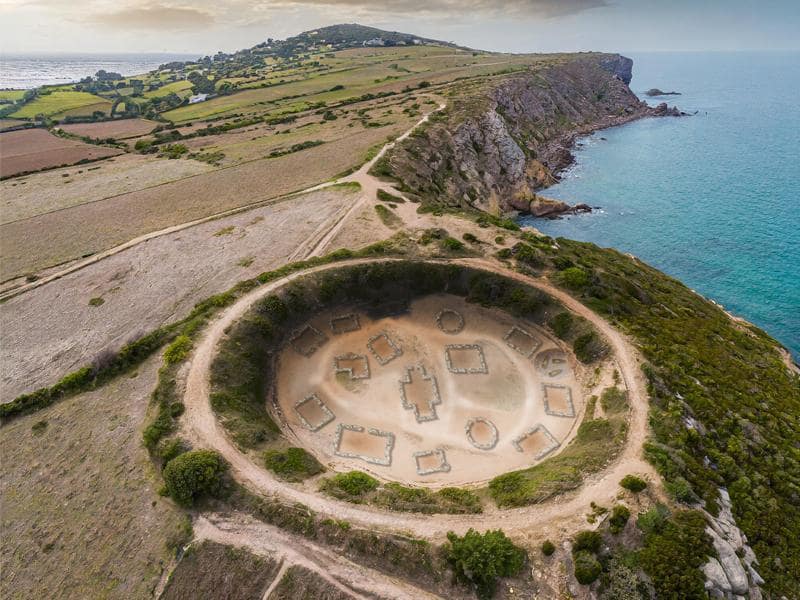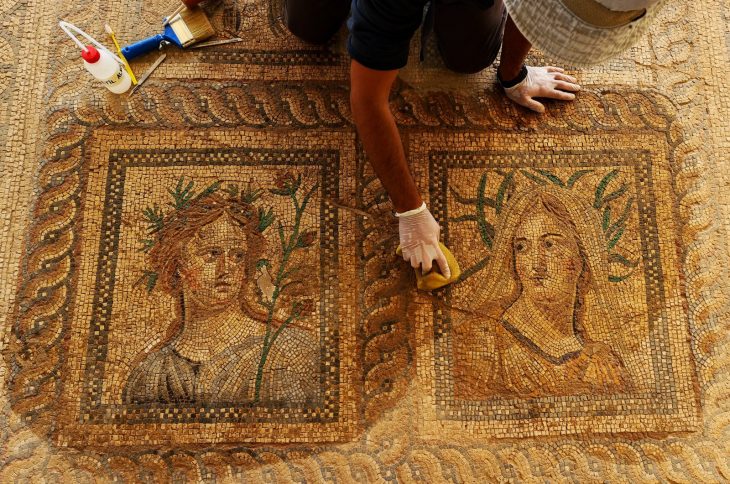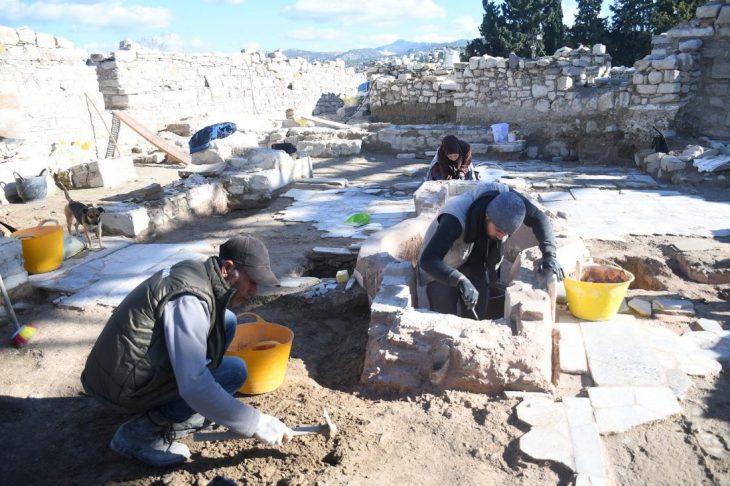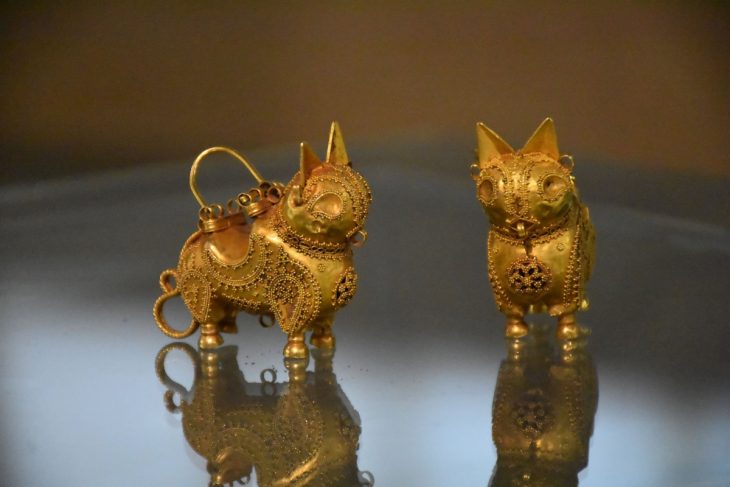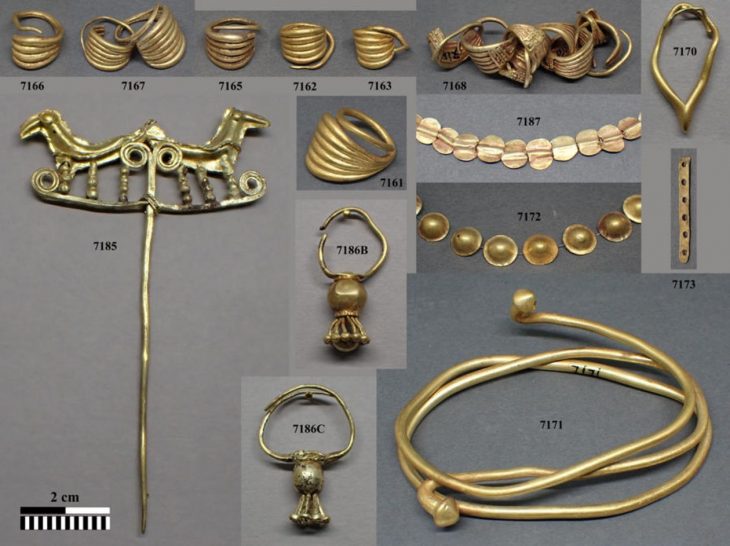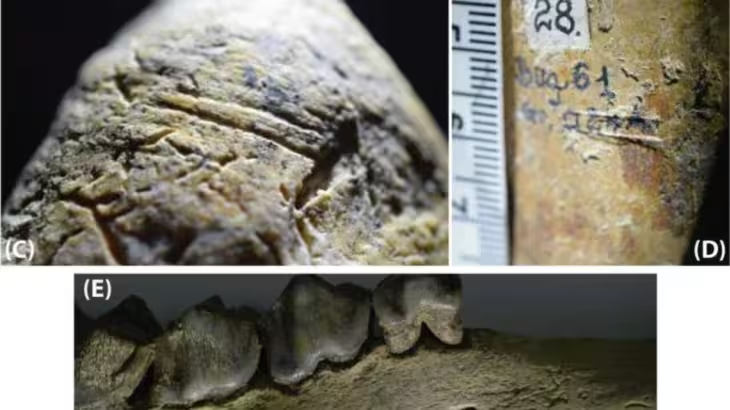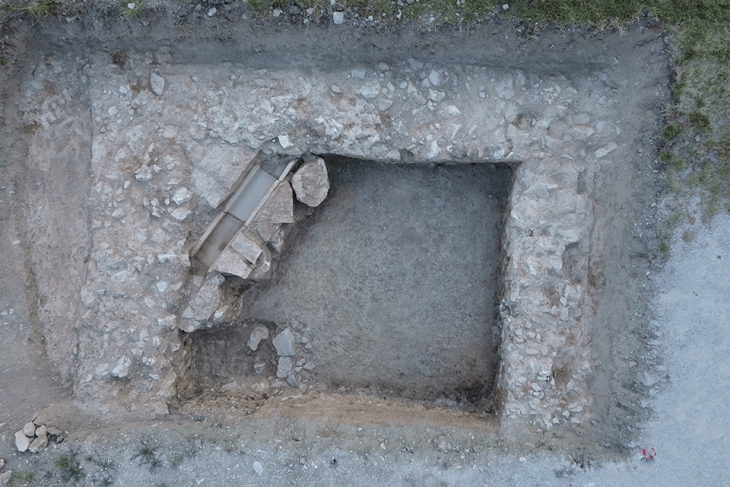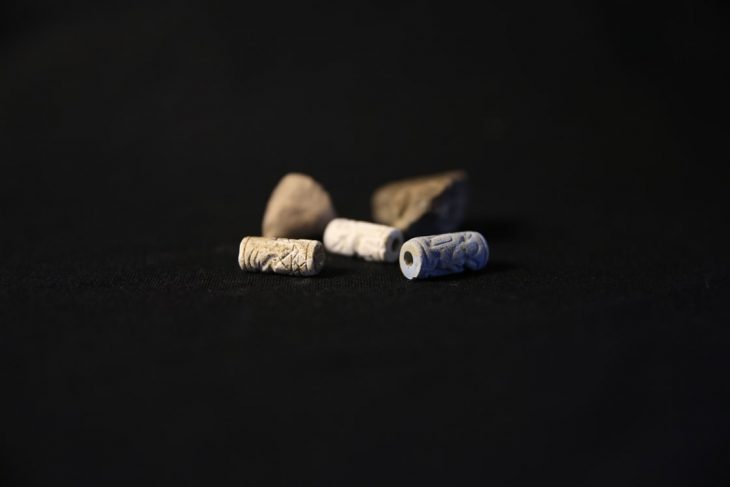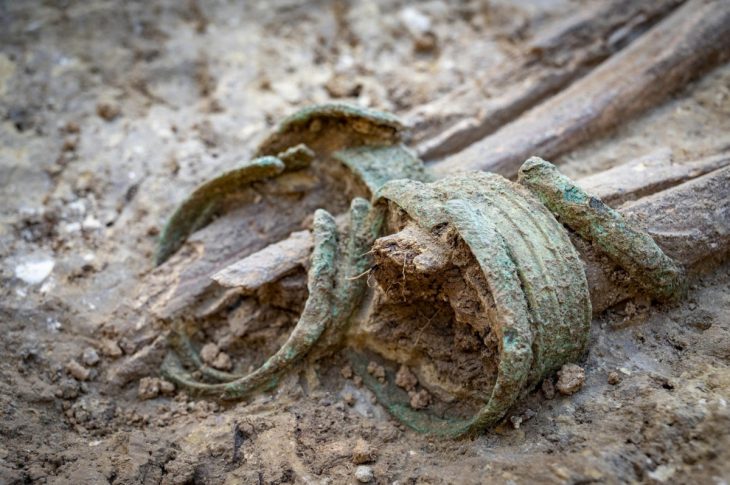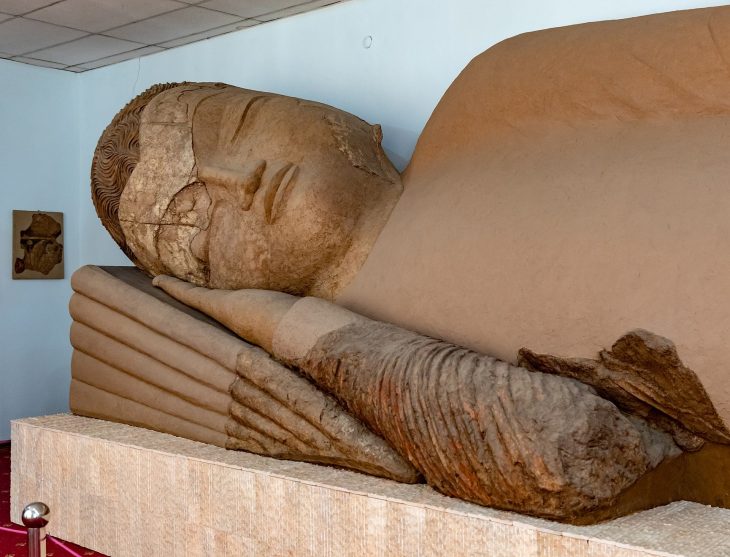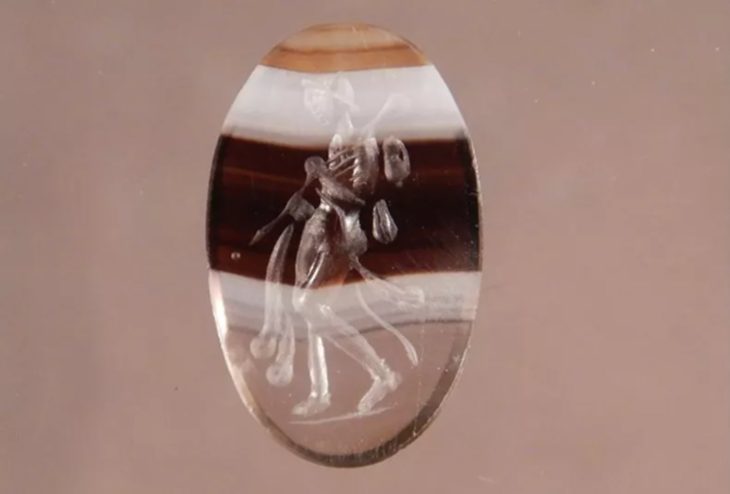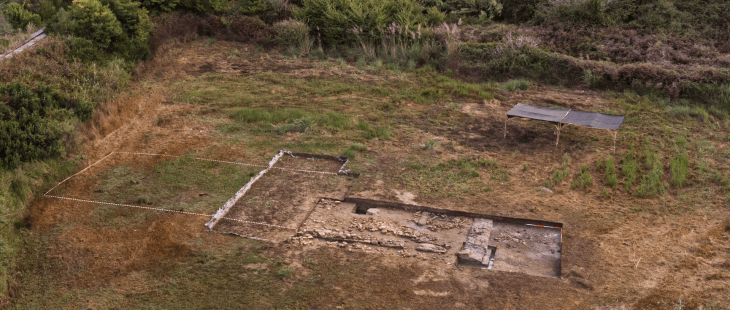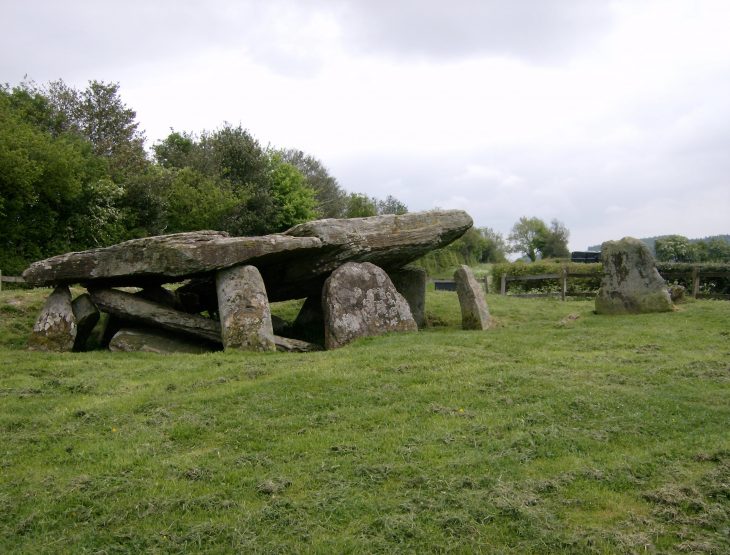A major archaeological discovery has just been made at Cap d’Erquy, in the Côtes d’Armor region, France. The ruins of a circular-shaped village dating from the Iron Age have been uncovered using revolutionary satellite imaging technology.
The village discovered at Cap d’Erquy consists of around twenty circular huts arranged around a central square. Archaeologists believe that this village was occupied between the 8th and 5th centuries BC by a Gallic community.
The area that the ancient Gauls called home included parts of western Germany, northern Italy, and Belgium in addition to present-day France. The Gauls, a Celtic people, were divided into multiple tribes and ruled by a landed class in their agricultural society.
The tribes throughout Gaul operated independently from one another and only united in times of crisis. Each tribe had its leaders and their religions. During the Gallic Wars (58–50 BC), Julius Caesar led the Romans in their conquest of Gaul.
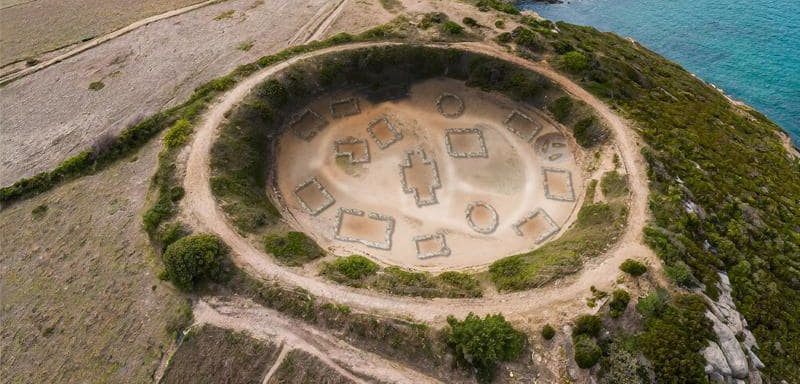
“This is an exceptional discovery that gives us a better understanding of the daily life of the Gauls during the Iron Age. This technology paves the way for significant new discoveries and allows for the exploration of archaeological sites that were previously inaccessible,” explains Jean-Yves Peskebrel, an archaeologist at INRAE (National Institute for e-realistic Archaeological Research).
Developed by INRAE and known as “LiDAR”, this technology uses lasers to scan the ground and create volume reconstructions of unrivalled accuracy. This process makes it possible to detect buried structures that are invisible to the naked eye, without the need for invasive excavations.
The discovery of the Cap d’Erquy village is a spectacular illustration of the potential of LiDAR technology for archaeology. This technology paves the way for major discoveries and makes it possible to explore archaeological sites that are inaccessible through traditional excavations.

